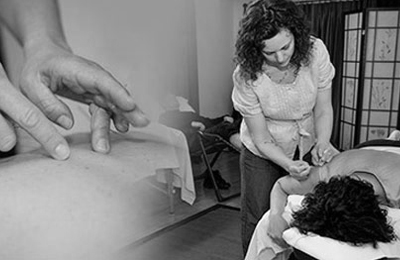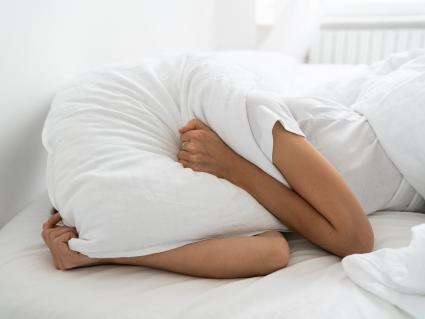Your Sleep Positions Could be Causing Your Pain - Part 1
Would you believe that a good night’s sleep can make you hurt the next day? Or make your chronic pain worse? It can. I see many people who wake up in more pain than when they went to sleep. There are a number of ways that your sleeping positions and habits can make you sore the next morning, or even make existing problems worse.
Here’s what can happen and what you can do to prevent it.
First, if you fall asleep tense, you’re going to wake up tense and often sore. Your body can’t let go of all that tension when you sleep. I recommend trying some progressive relaxation as you fall asleep. Start with your scalp (yes you do have muscles there) and relax the muscles there. Progress all the way down your body, spending a few minutes with each area. This really can make a huge difference in the way you feel when you wake up, and can also help you fall sleep faster as a bonus.
There are drawbacks to every sleeping position, so being aware of them can help you make adjustments. No one position is better – it’s all individual.
Sleeping on your stomach is very hard on your neck and shoulder muscles because your head has to be turned on its side. I recommend doing that as seldom as possible.
Sleeping on your side has some issues too. First, try not to curl your spine into the “fetal position”. Bending your legs up is fine but aim to keep the spine relatively straight and relaxed-that includes your neck. Next, look at how you hold your hands when you sleep when you’re sleeping on your side. If your hands are all curled up under your chin night after night you’re going to end up with pain from them eventually, or it will make existing pain worse. See how your knees and ankles line up – you may find that one knee pressing on the other can cause stress or pain in the knee joint. Same for your ankles. Your hips are wider than your knees so using a pillow under the top knee or between the knees can help prevent or ease knee, hip, and even back pain.
The major issue with lying flat on your back is that it can exacerbate low back pain. If that’s the case try sleeping with a pillow or soft bolster under your knees.
And, lastly, but importantly, is the subject of your pillows. The wrong pillow can cause neck pain and headaches. Big fat firm pillows are the main culprit. Soft thinner pillows are much better – especially the ones that can be scrunched up as needed. When you’re on your back, a soft pillow that can be scrunched to support the curve in your neck and yet be almost flat under your head, which is ideal. This keeps your neck and head aligned with the rest of your body. On your side you need more thickness to protect your bottom shoulder from collapsing too much. Again, stuff more of the pillow under your neck for that neck support. If you move around a lot as you sleep, the soft scrunchy pillows can easily be adjusted to any position. If you need the height of a big pillow for digestive or breathing issues, consider a foam incline that you can just put on the bed under the sheet and using just the one pillow as described above.
If you’re waking up with pain every morning it could be how you’re sleeping. See if any of these suggestions help. I’ve eased my own neck, shoulder, wrist and knee pain using these strategies. You can too. Let me know how it goes, perhaps I can make an individualized suggestion for you.





















